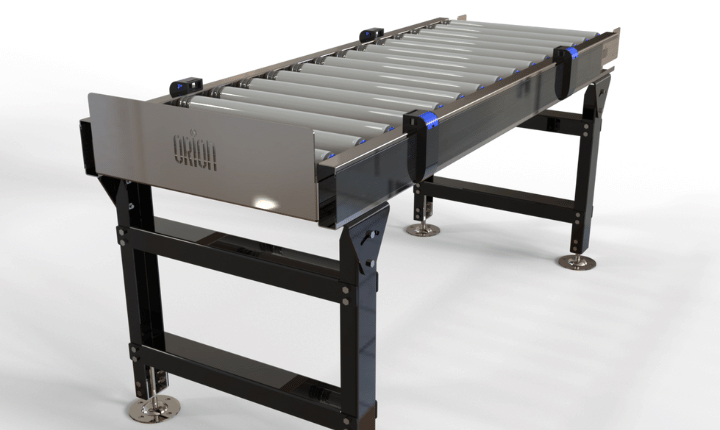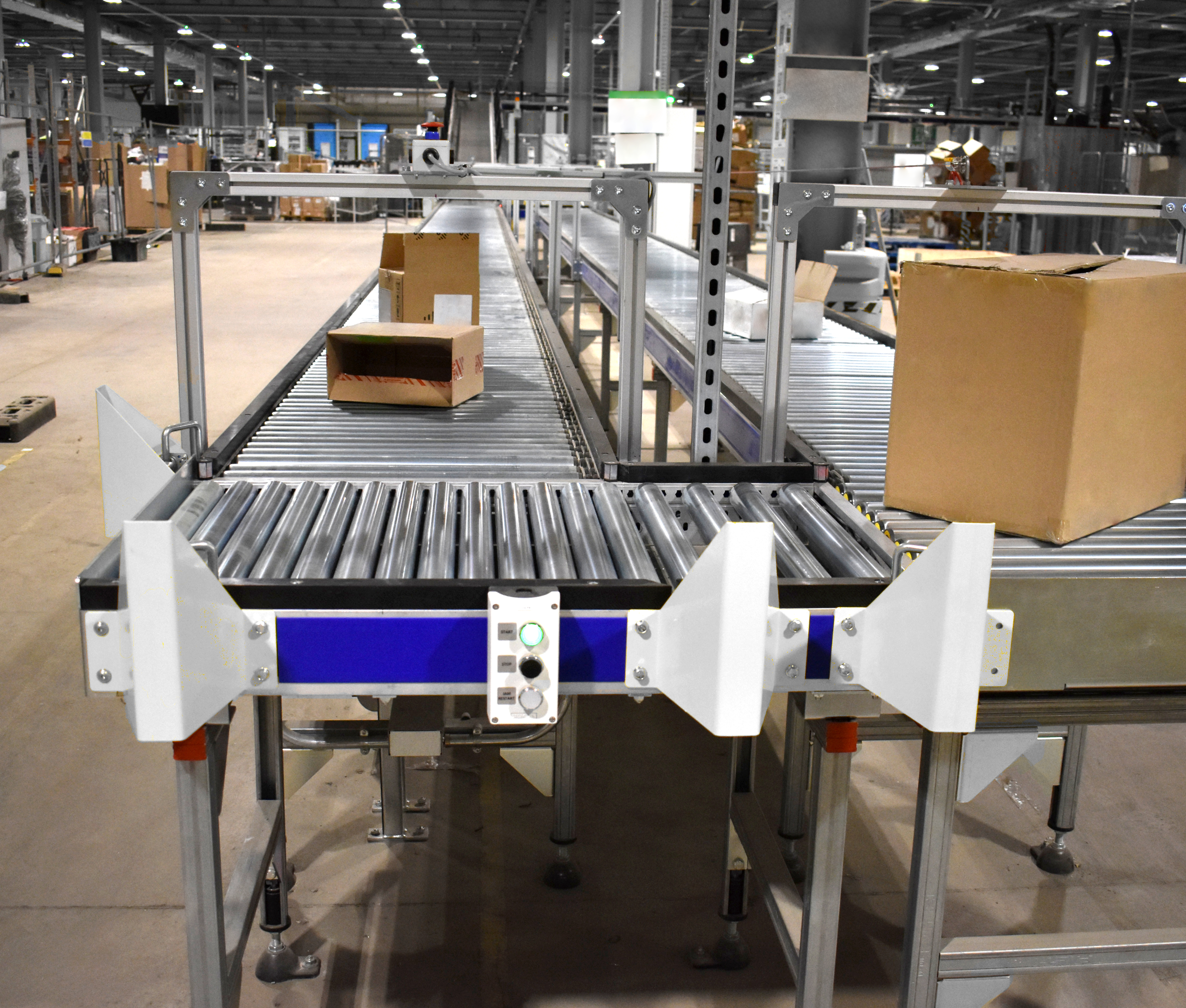The integration of conveyor systems into warehouse automation plays a pivotal role in enhancing efficiency, accuracy, and overall operational effectiveness. As businesses strive to meet the demands of a fast-paced market, understanding the significance of conveyor systems becomes essential. Here’s a detailed exploration of their role in warehouse automation.
The Importance of Conveyor Systems in Warehouse Automation
Streamlining Operations
Conveyor systems are fundamental in automating the movement of goods within warehouses. They facilitate the seamless transfer of products from one location to another, significantly reducing manual handling and minimizing the risk of errors. By automating these processes, warehouses can achieve higher throughput and faster order fulfillment.
Types of Conveyor Systems
There are various types of conveyor systems tailored for specific tasks within a warehouse:
- Belt Conveyors: Ideal for transporting bulk materials and packages.
- Roller Conveyors: Suitable for handling heavier items and can be powered or gravity-driven.
- Sortation Conveyors: Used for directing products to different destinations based on specific criteria.
- Accumulation Conveyors: Help manage product flow and prevent bottlenecks during peak operations.
Enhancing Efficiency
Automated conveyor systems reduce reliance on manual labor, leading to increased production speed and lower operational costs. They ensure consistent and repeatable movement of goods, which enhances accuracy in sorting, transporting, and packaging materials. This efficiency translates into improved service levels and customer satisfaction.
Improving Safety
By minimizing manual material handling, conveyor systems significantly reduce workplace injuries associated with heavy lifting and repetitive tasks. Enhanced safety measures not only protect employees but also contribute to a more productive work environment.
Optimizing Space Utilization
Conveyor systems can be designed to maximize available space within a warehouse. They can be configured in various layouts—overhead, along walls, or through tight areas—allowing for efficient movement without disrupting other operations. This optimization is crucial as warehouses often face space constraints.
Integration with Other Automation Technologies
Conveyor systems can seamlessly integrate with other automation technologies such as Automated Storage and Retrieval Systems (ASRS), robotics, and warehouse management systems (WMS). This integration creates a cohesive automated environment that enhances overall operational efficiency.
Future Trends in Conveyor Systems
As technology continues to evolve, so do conveyor systems. Innovations such as smart sensors, IoT connectivity, and advanced control technologies are shaping the future of warehouse automation. These advancements will further enhance the capabilities of conveyor systems, making them even more integral to efficient warehouse operations.
Conclusion
The role of conveyor systems in warehouse automation cannot be overstated. They are essential for streamlining operations, enhancing efficiency, improving safety, and optimizing space utilization. As warehouses continue to adopt automation technologies, investing in advanced conveyor systems will be crucial for staying competitive in an increasingly demanding market. Embracing these innovations will not only improve operational performance but also pave the way for future growth and success.






